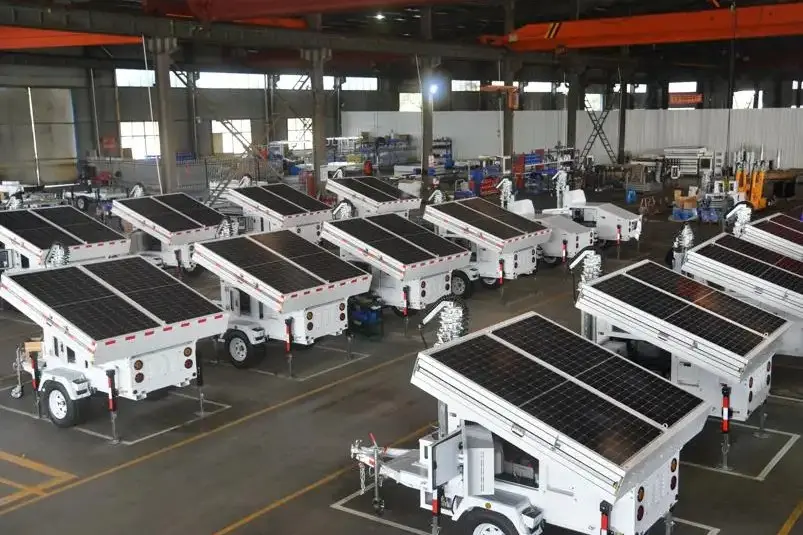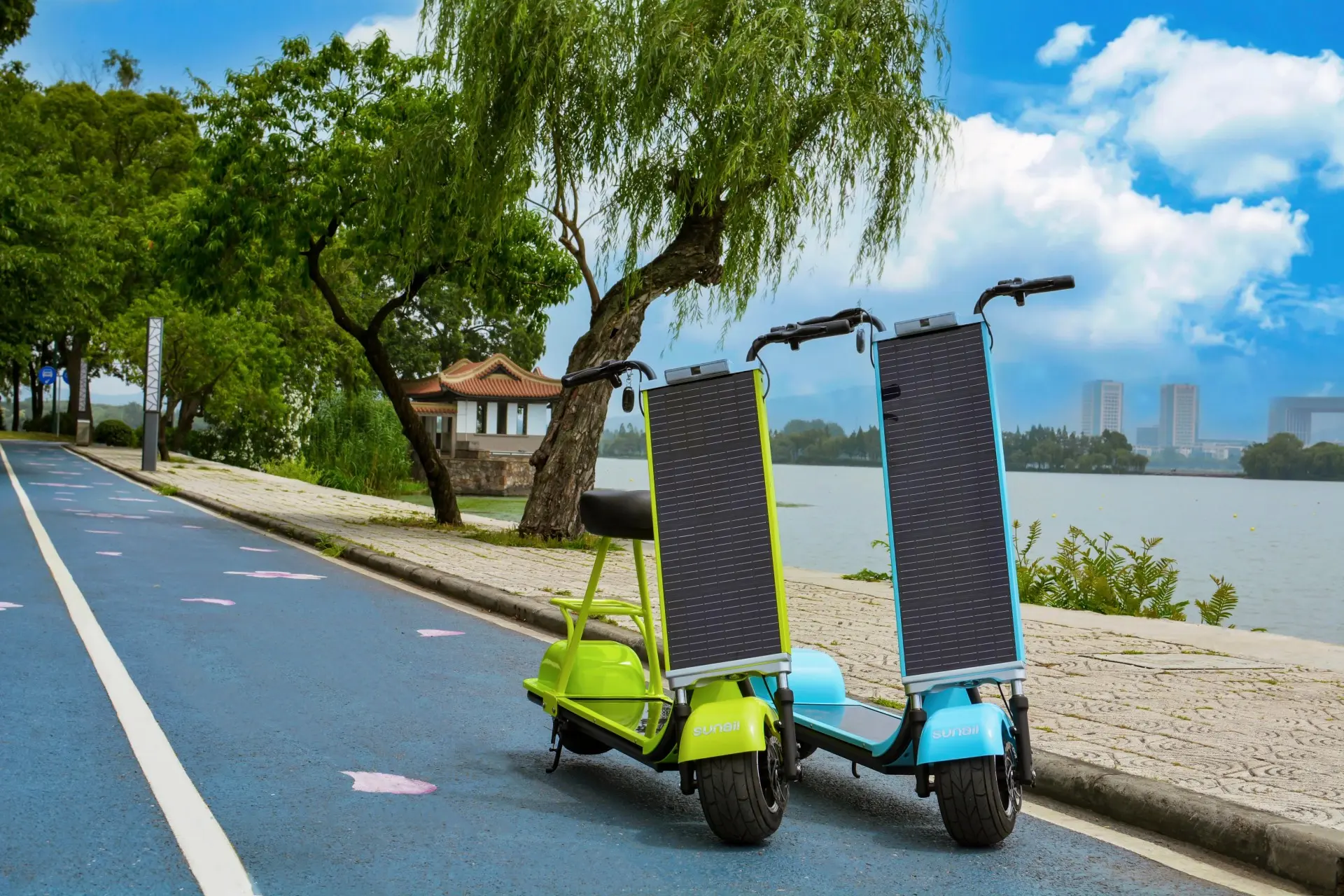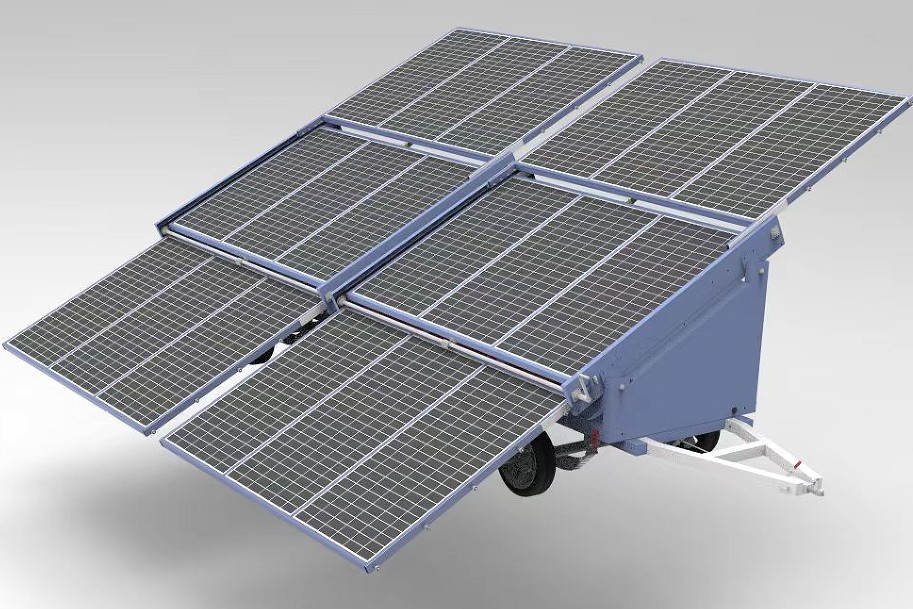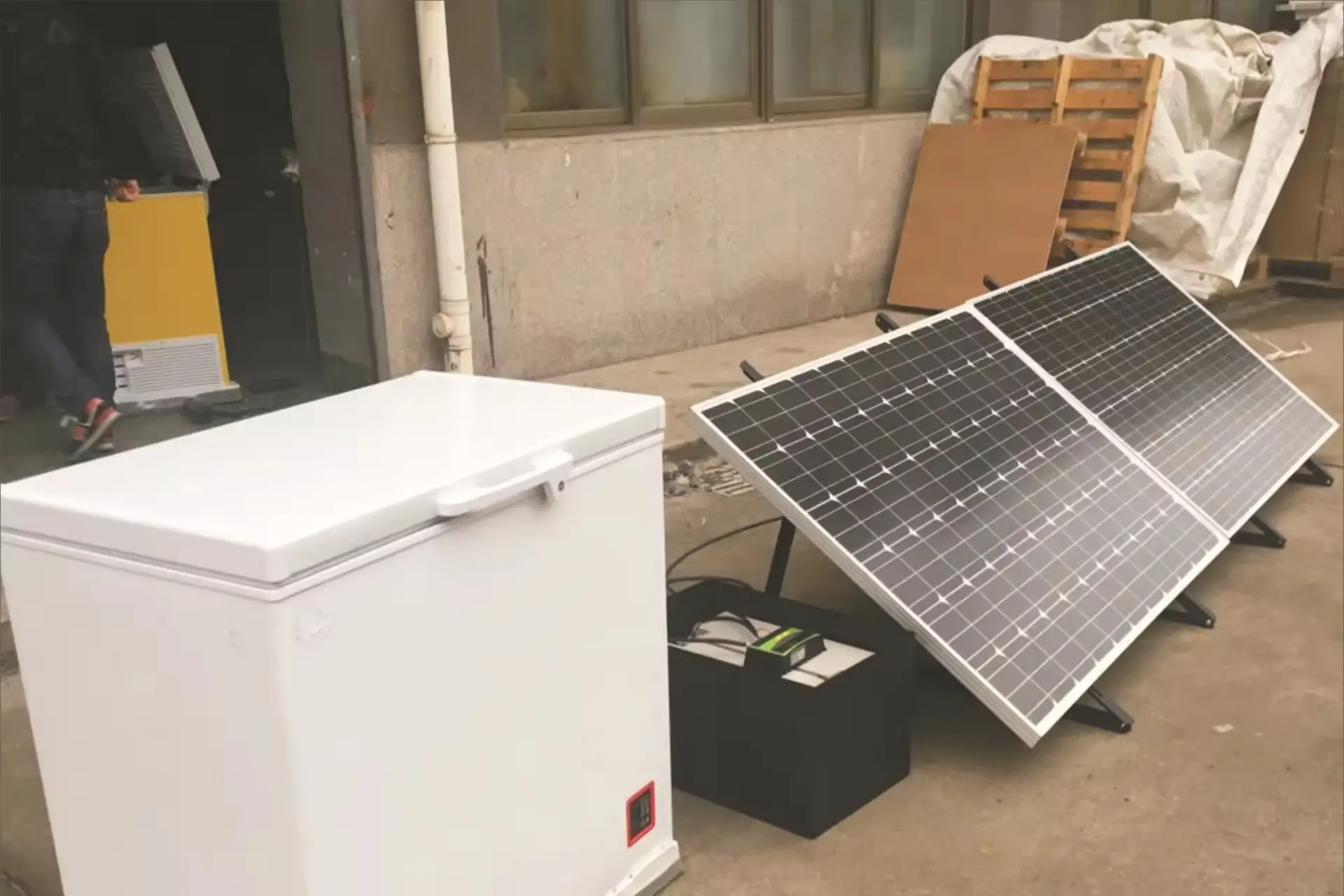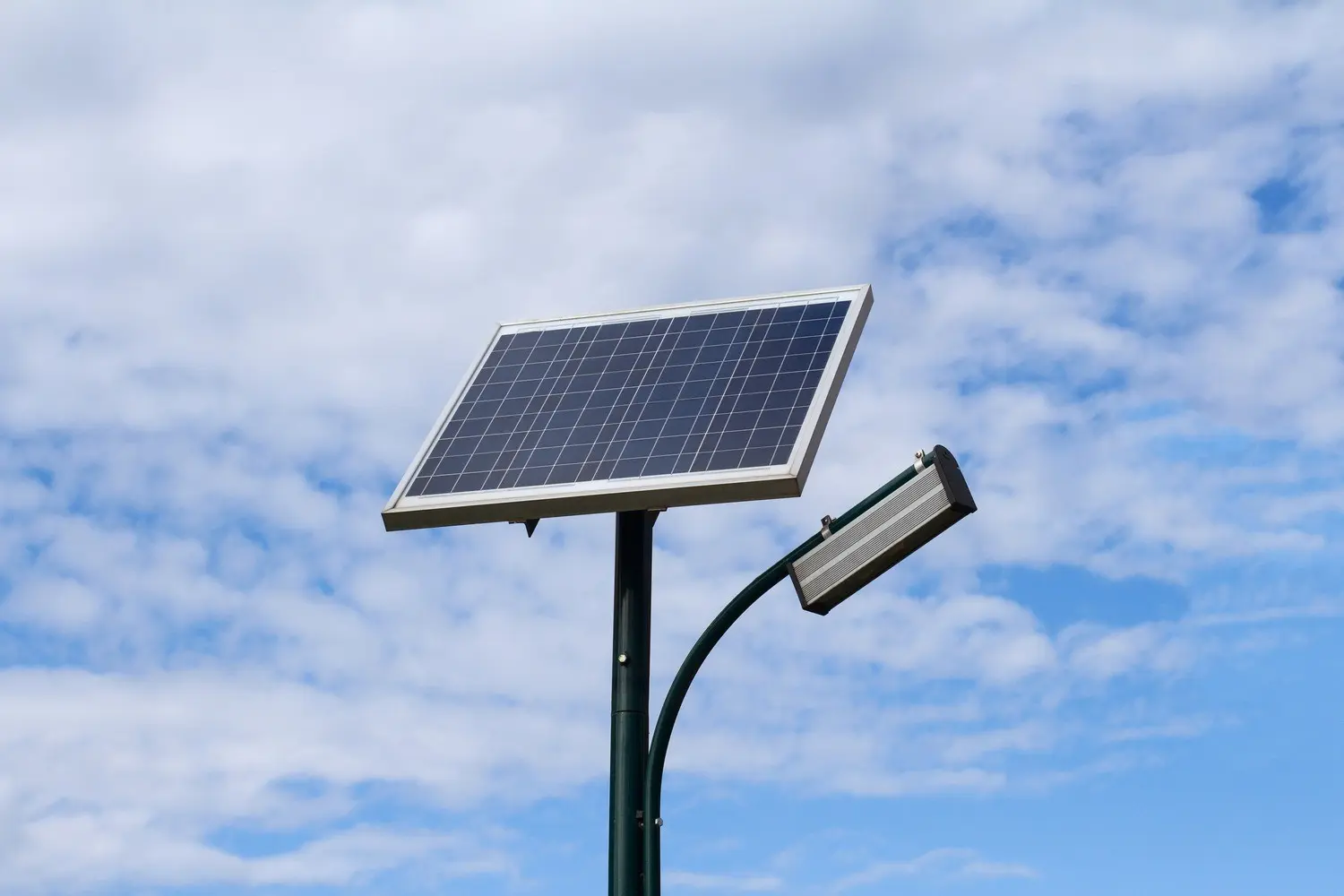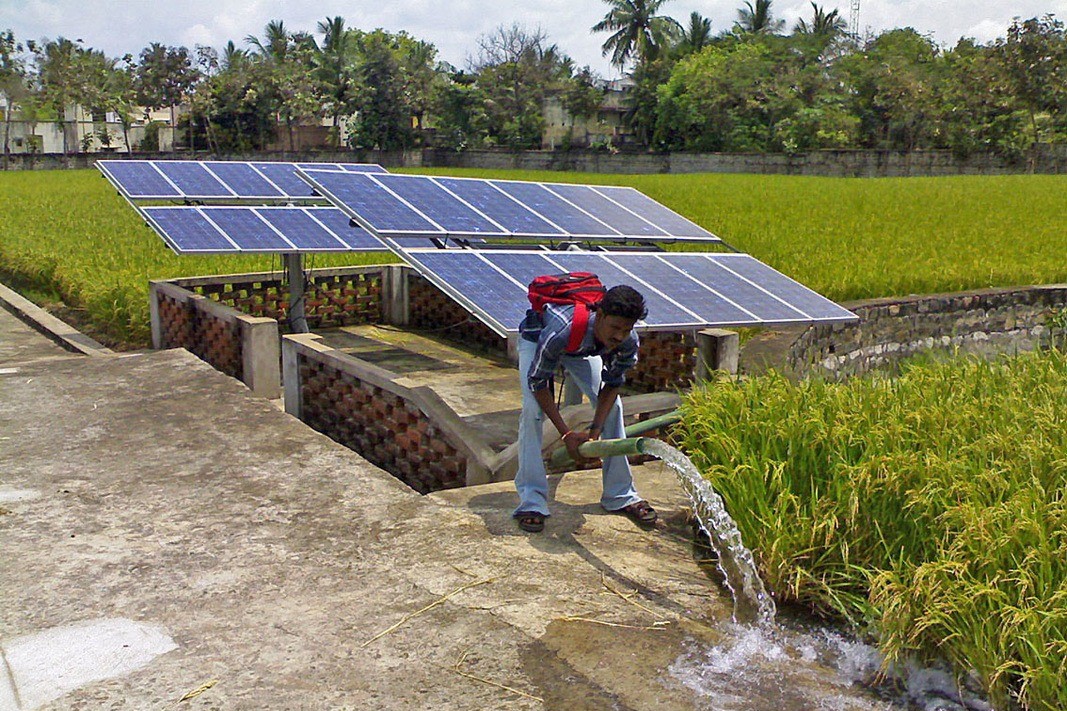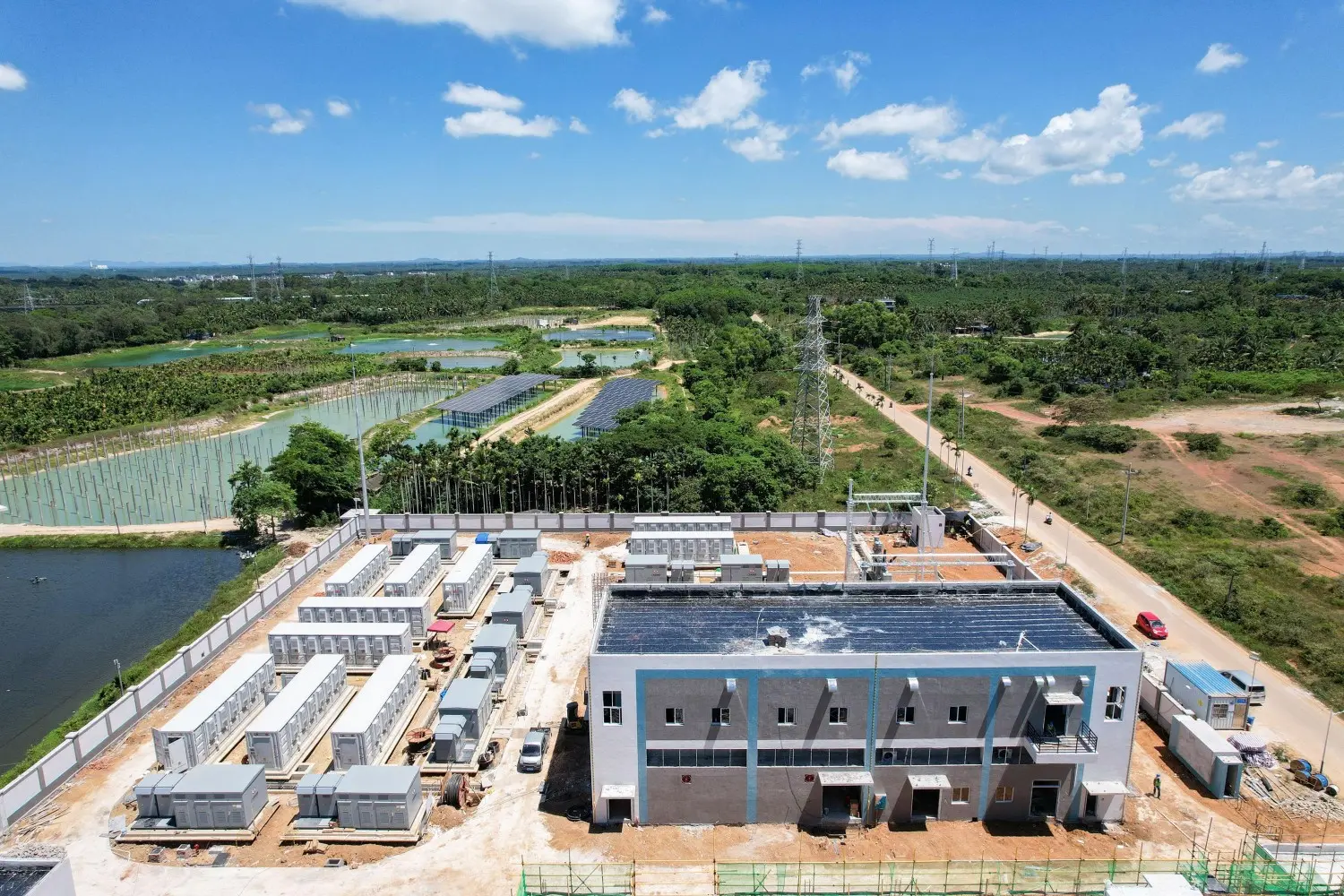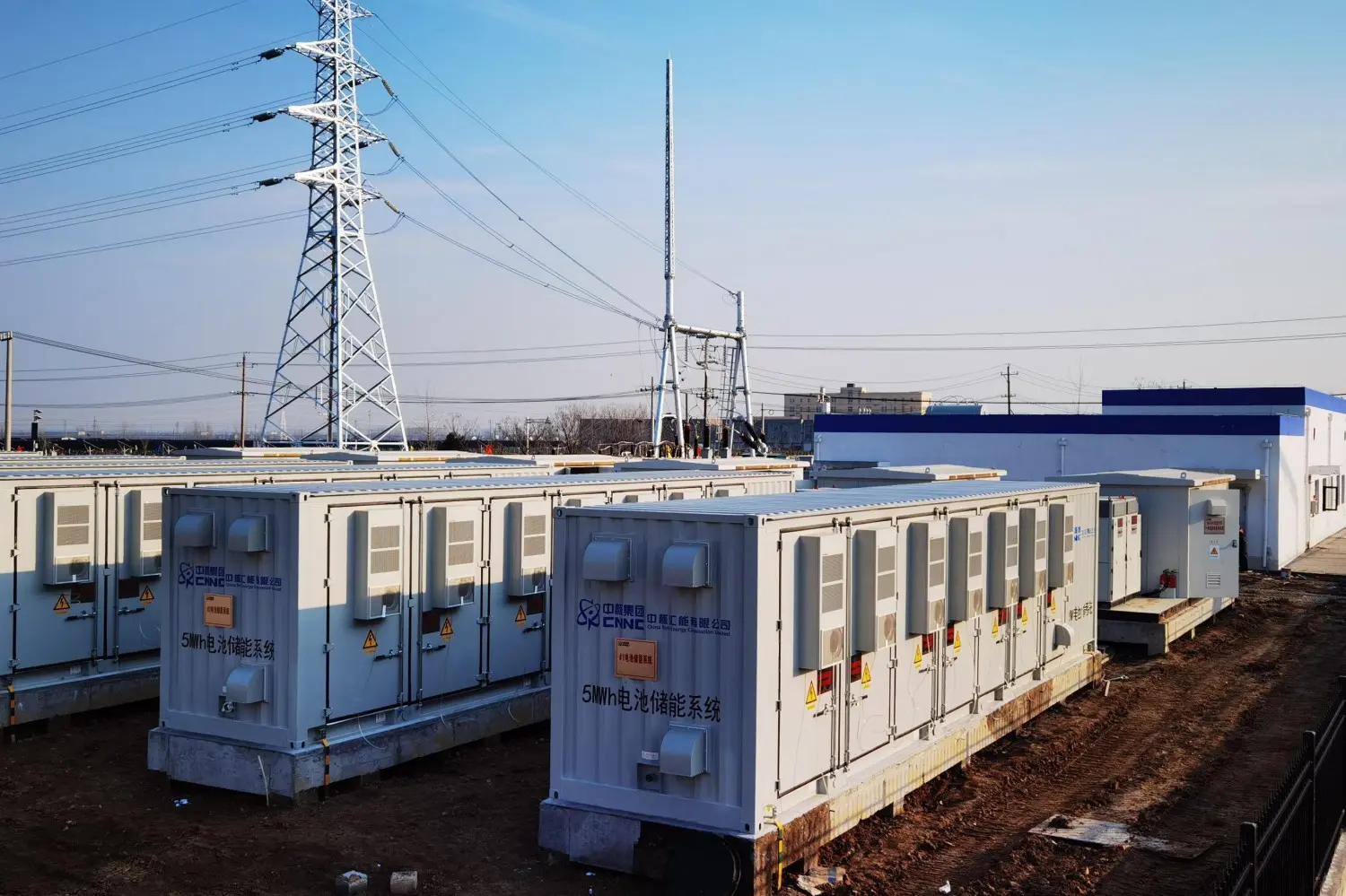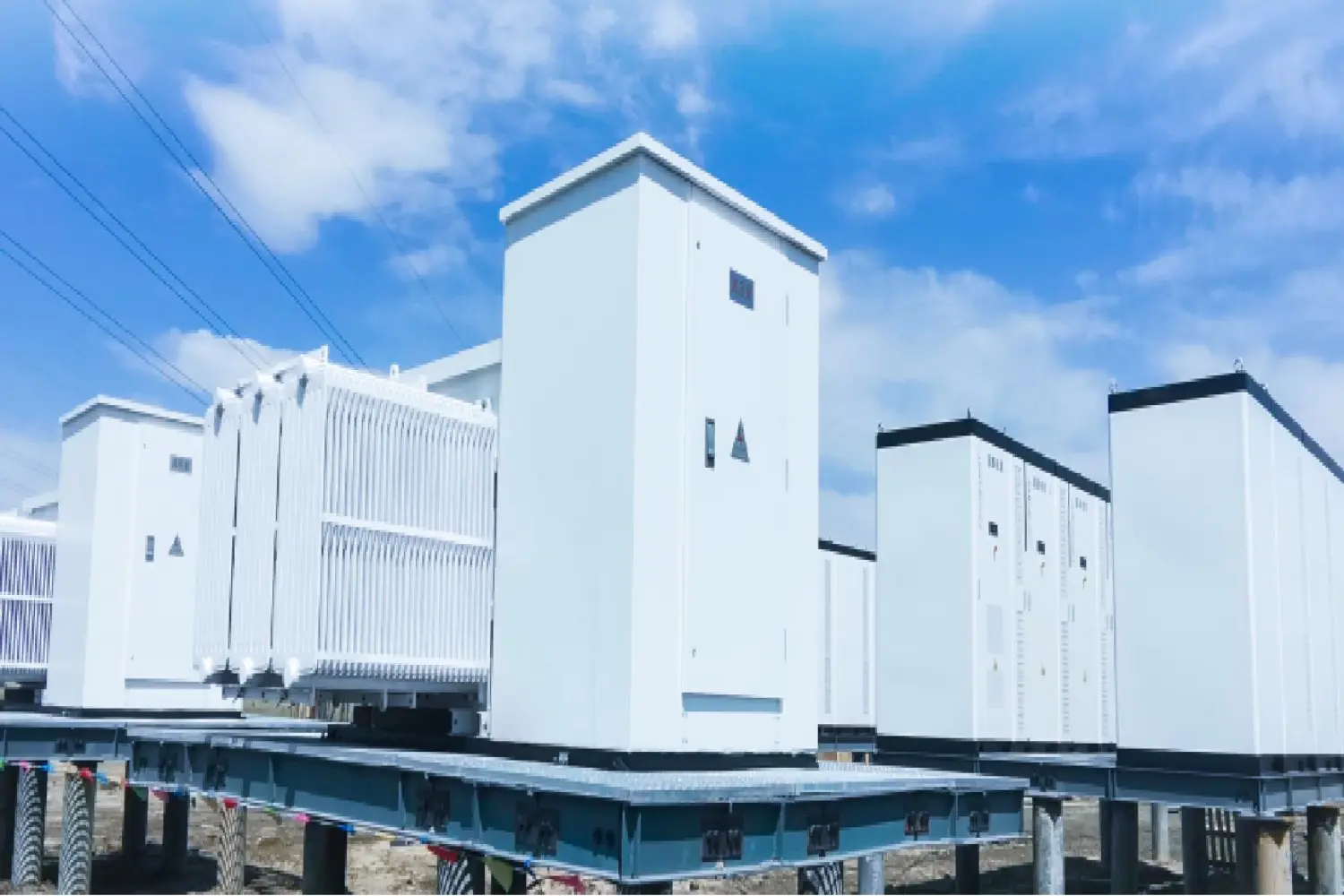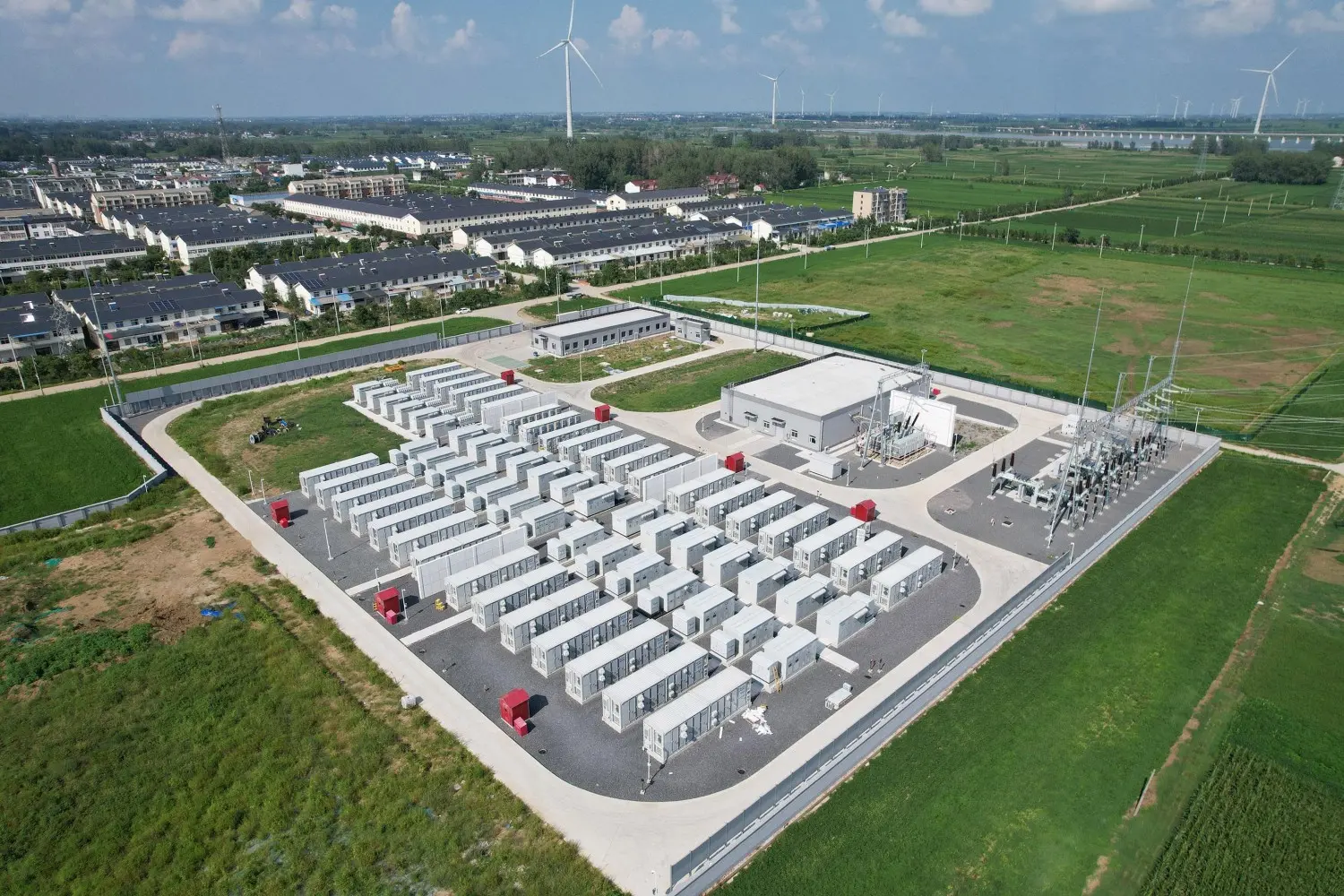ESS Power Plants for Fishing Agriculture
Project Overview:
- System Size: 25MW/50MWh
- Objective: Integrate solar power and energy storage for fishery and agricultural operations in a sustainable, hybrid setup.
Functionality:
- Supports energy needs for aquaculture and irrigation.
- Ensures renewable energy availability around the clock with stored energy.
- Provides efficient power management for off-grid or rural applications.
Benefits:
- Enhanced economic performance of fishing and agricultural industries.
- Optimized dual use of land for solar power generation and farming.
- Sustainable energy integration that lowers operational costs.
The fishing and agriculture industries benefited from a reliable, renewable energy supply while reducing environmental impact.
Empower your agriculture and aquaculture operations with innovative ESS solutions. Contact us now to tailor your energy storage system!
What You Should Know Before Bringing an Energy Storage System (ESS) to Your Agriculture and Farm Business
Energy Storage Systems (ESS) can revolutionize the way farms and agricultural businesses manage their energy needs. By storing energy for later use, ESS enhances energy reliability, reduces costs, and supports sustainability. Here are the key considerations to ensure a successful ESS deployment for your agricultural operations:
Understand Your Farm’s Load Profile
- Analyze Load Types:
Farms typically have energy-intensive equipment like irrigation pumps, motors, and cooling systems. These devices often have high startup power demands (known as inductive or surge loads), which require an ESS system capable of handling 5-7 times the running load for short durations.
- Assess Energy Consumption Patterns:
Identify peak energy consumption periods (e.g., during irrigation or harvesting) and align your ESS capacity to meet these needs effectively.
---
Optimize System Design for Your Farm’s Infrastructure
- Energy Source Integration:
ESS systems can integrate with renewable sources like solar or wind to maximize energy independence. If your farm generates renewable energy, ensure your ESS can store and distribute it efficiently.
- Rooftop or Ground Installation:
If paired with solar, evaluate installation options. Farms with large rooftops or unused land are ideal for setting up solar panels in conjunction with ESS.
- Off-Grid or Grid-Tied Options:
Decide whether you want an off-grid system for total independence or a grid-tied system to access net metering and grid power as a backup.
Evaluate Cost and Return on Investment (ROI)
- Energy Savings:
ESS systems can reduce energy costs by shifting consumption to off-peak times and reducing demand charges. Calculate potential savings based on your energy usage.
- Government Incentives:
Explore available grants, subsidies, or tax credits for ESS and renewable energy projects in your region.
- Operational Efficiency Gains:
Consider the productivity boost from uninterrupted energy supply, especially for energy-critical processes like irrigation, cold storage, or poultry farming.
Consider Safety and Environmental Factors
- Safety for Farm Operations:
Ensure the ESS is installed in a secure location away from livestock and flammable materials. Choose systems with advanced fire protection and battery management features.
- Environmental Suitability:
Farms in remote or harsh environments should select ESS systems designed to withstand extreme temperatures, dust, and moisture. Containerized ESS solutions are often ideal for these conditions.
---
Plan for Maintenance and Monitoring
- System Maintenance:
Regular maintenance is essential for ESS systems, especially in dusty or high-humidity farm environments. Choose a provider offering robust after-sales support.
- Remote Monitoring:
Invest in an Energy Management System (EMS) to monitor ESS performance, optimize energy usage, and detect issues in real time. This is especially helpful for farms spread over large areas.
Prepare for Future Growth
- Scalability:
As your farm expands, your energy needs may increase. Choose an ESS system that can be scaled up to meet future demands.
- Automation Potential:
ESS systems can power automated farming equipment, such as drones or robotic harvesters, paving the way for precision agriculture.
Benefits of ESS for Agriculture and Farming
- Energy Reliability:
Ensure uninterrupted power supply for critical farm operations, even during grid outages.
- Cost Efficiency:
Save on electricity bills by reducing peak demand and utilizing stored energy during high-rate periods.
- Sustainability:
Lower your farm’s carbon footprint by storing and using renewable energy efficiently.
- Increased Productivity:
Avoid downtime and ensure consistent operation of energy-dependent processes, leading to higher yields and better-quality products.
An ESS system can be a game-changer for agricultural businesses, providing energy independence, cost savings, and enhanced operational reliability. However, careful planning is essential to ensure the system meets your farm’s unique needs.
Ready to Power Up Your Farm?
Contact MH Energy today for expert guidance and tailored ESS solutions designed specifically for the agricultural sector. Empower your farm with reliable, efficient, and sustainable energy storage!
Contact us now
To start your journey toward sustainable living!


